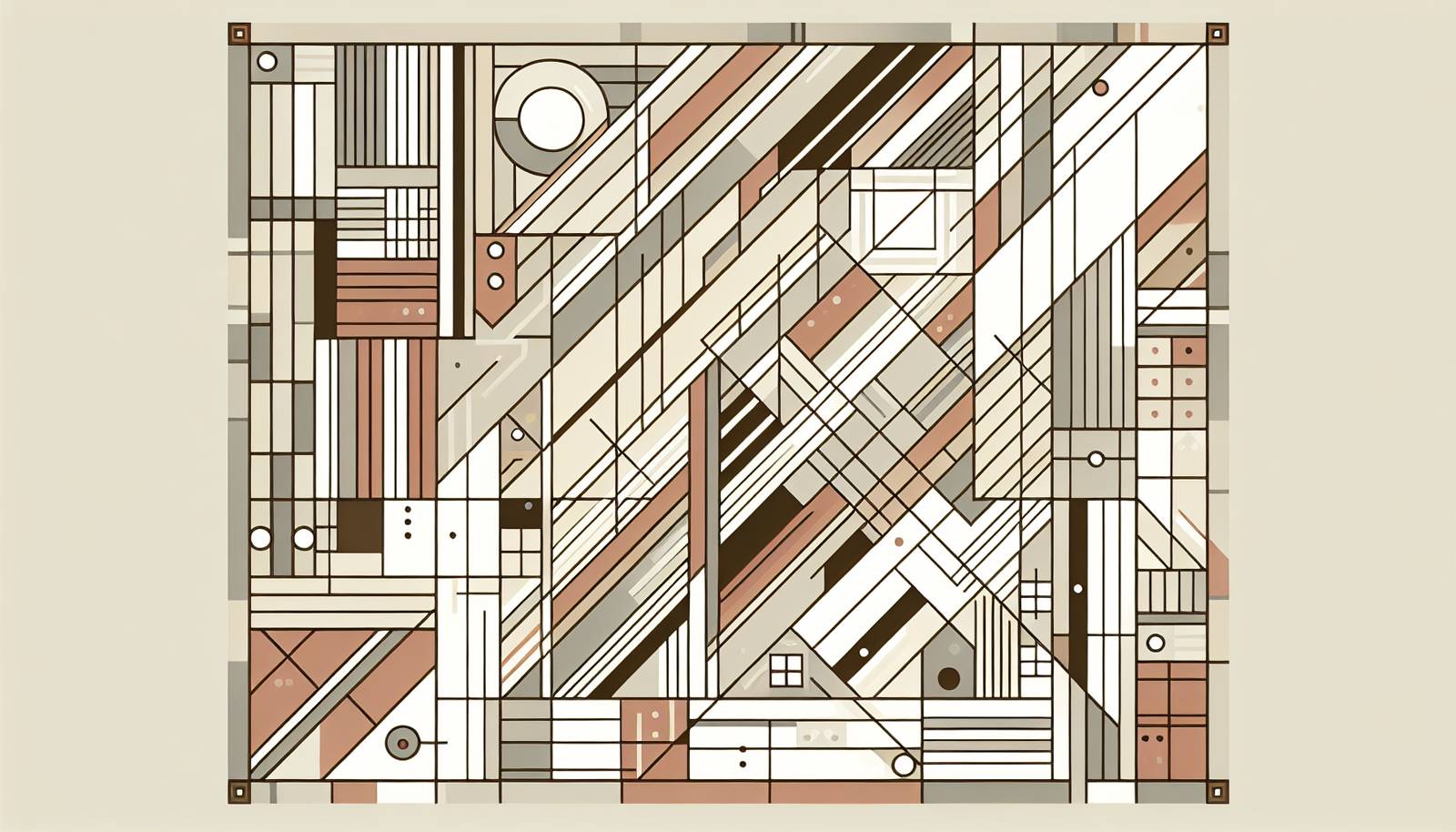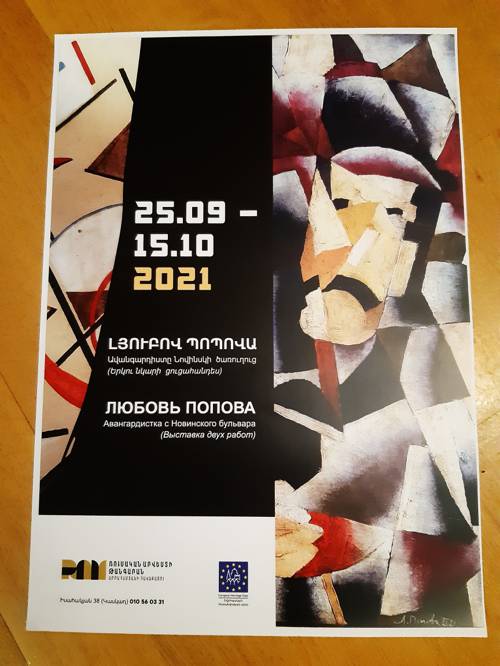
FAQ About The Influence of Moscow and Russian Avant-Garde on Global Art

What is the Russian Avant-Garde?
The Russian Avant-Garde refers to a flourish of artistic innovation in Russia from approximately 1890 to 1930. It encompasses a wide range of art movements, including Futurism, Constructivism, and Suprematism, which were characterized by radical experiments with form, abstraction, and new artistic techniques.

How did the Russian Avant-Garde influence global art?
The Russian Avant-Garde had a profound impact on global art by pioneering new aesthetic techniques and concepts that influenced movements such as Abstract Expressionism, Minimalism, and De Stijl. It challenged traditional art forms and inspired artists worldwide to explore abstraction and conceptual approaches.

Who were some key figures in the Moscow and Russian Avant-Garde movements?
Important figures in the Russian Avant-Garde include artists like Kazimir Malevich, known for developing Suprematism; Wassily Kandinsky, a pioneer of abstract art; El Lissitzky, a key proponent of Constructivism; and Vladimir Tatlin, famous for his architectural designs and the model of the Monument to the Third International, also known as Tatlin's Tower.

What is Suprematism and who founded it?
Suprematism is an art movement focused on fundamental geometric forms, primarily circles and squares. It was founded by Kazimir Malevich in 1915. Malevich's work emphasized the supremacy of pure artistic feeling over the depiction of objects, with his painting 'Black Square' being one of the seminal works of the movement.

What role did Moscow play in the Russian Avant-Garde?
Moscow was a central hub for the Russian Avant-Garde, serving as a gathering place for artists, intellectuals, and revolutionaries who were eager to transform society through art. The city's cultural institutions and exhibitions provided platforms for avant-garde artists to showcase their work and influence contemporary artistic discourse.

How did World War I affect the Russian Avant-Garde movement?
World War I significantly influenced the Russian Avant-Garde, as the chaos and breakdown of traditional societies allowed for radical experimentation in art. Artists sought to create a new visual language that reflected the complexities of modern life and the technological advancements of the time, often incorporating themes of war and industrialization into their work.

What is Constructivism in Russian art?
Constructivism was an artistic and architectural philosophy that emerged in Russia around 1915. It was characterized by a focus on functionalism and practicality, often blending art with technology and industrial materials. Constructivists like Vladimir Tatlin advocated for art to be utilized in service of social and industrial purposes, looking to construct art that could contribute to the everyday lives of people.

How did the Russian Avant-Garde end?
The Russian Avant-Garde movement came to a halt in the 1930s due to the Soviet Union's shift towards Socialist Realism, which was adopted as the official art style. This new direction was more conservative and focused on realism to glorify the ideals of communism, leading to the suppression of avant-garde art and the dissolution of its key movements.

Why is 'Black Square' by Kazimir Malevich significant?
'Black Square' by Kazimir Malevich is considered one of the most important paintings in modern art. Created in 1915, it represents the apex of Suprematism and is significant for its radical abstraction, focusing on the purity of shape and color rather than representing reality. Malevich viewed this work as a visual manifesto of artistic freedom.

What was the impact of the October Revolution on Russian Avant-Garde art?
The October Revolution of 1917 had a transformative effect on the Russian Avant-Garde. Artists found new opportunities to engage with the revolutionary ideals of the Bolsheviks and sought to align their work with the new political and social order. Many avant-garde artists participated in state projects, contributing to propaganda and public art that aimed to promote socialist values.

How did Russian Avant-Garde influence architecture?
The Russian Avant-Garde had a significant influence on architecture, with architects like Konstantin Melnikov and Vladimir Tatlin incorporating avant-garde principles into their designs. These included an emphasis on geometric shapes, functional forms, and materials like glass and steel. Concepts from Constructivism particularly affected modernist architecture globally.

What role did propaganda play in Russian Avant-Garde art?
Propaganda played a crucial role in Russian Avant-Garde art during the post-revolutionary period. Artists were enlisted to create posters, films, and public artworks that supported communist ideals and aimed to educate and mobilize the masses. This integration of art with political objectives is a defining characteristic of the period.

Are there contemporary artists influenced by the Russian Avant-Garde?
Yes, many contemporary artists are influenced by the legacy of the Russian Avant-Garde. They draw inspiration from its embrace of abstraction, experimentation, and the blending of art with political and social commentary. The movement's avant-garde ethos continues to inspire artists exploring new forms and mediums today.

What is the significance of Vladimir Tatlin's 'Monument to the Third International'?
Vladimir Tatlin's 'Monument to the Third International,' also known as Tatlin's Tower, was intended to be a symbol of modernity and the new Soviet society. Although it was never built, the design represented an innovative merging of art with architecture and engineering, reflecting the Constructivist ideals of merging functionality with utopian vision.

How did avant-garde artists view traditional art forms?
Avant-garde artists generally viewed traditional art forms as restrictive and outdated. They sought to break away from academic routines and instead pursue a more liberated and experimental approach to art that was reflective of the dynamic social and political changes occurring during their time.

What is the 'Russian avant-garde' style in visual arts?
The Russian avant-garde style is characterized by its bold experimentation with form, color, and space. This style often included the use of geometric shapes, abstraction, and an emphasis on creating new visual languages. Movements like Constructivism and Suprematism exemplified this style, each prioritizing different artistic goals, such as social utility or pure abstraction.

What exhibitions helped popularize the Russian Avant-Garde internationally?
Key exhibitions that helped promote Russian Avant-Garde internationally include the '0.10' exhibition in 1915 where Kazimir Malevich showcased his 'Black Square,' and the 'International Exhibition of Modern Art' in 1925, where Russian artists presented their revolutionary art forms to broader audiences, linking the movement to larger modern art narratives.

What was the impact of Russian Avant-Garde on cinema?
The Russian Avant-Garde had a profound impact on cinema, influencing film-making techniques and styles. Directors such as Sergei Eisenstein and Dziga Vertov pioneered montage theory and experimented with narrative and visual language, contributing to the development of modern cinematic techniques and storytelling methods that continue to influence filmmakers globally.

Did Russian Avant-Garde influence fashion?
Yes, the Russian Avant-Garde influenced fashion, particularly through its emphasis on geometric shapes and bold color contrasts. Designers like Lyubov Popova and Varvara Stepanova translated avant-garde principles into textile arts and clothing, leading to innovative designs that prioritized functionality and aesthetic experimentation.

What lasting legacy did the Russian Avant-Garde leave on contemporary art?
The Russian Avant-Garde left a lasting legacy on contemporary art by establishing the foundations for abstract and conceptual art. Its emphasis on breaking away from tradition continues to inspire artists to explore new forms and mediums. The movement also demonstrated the potential for art to intersect with political and social themes, an approach that remains influential today.
